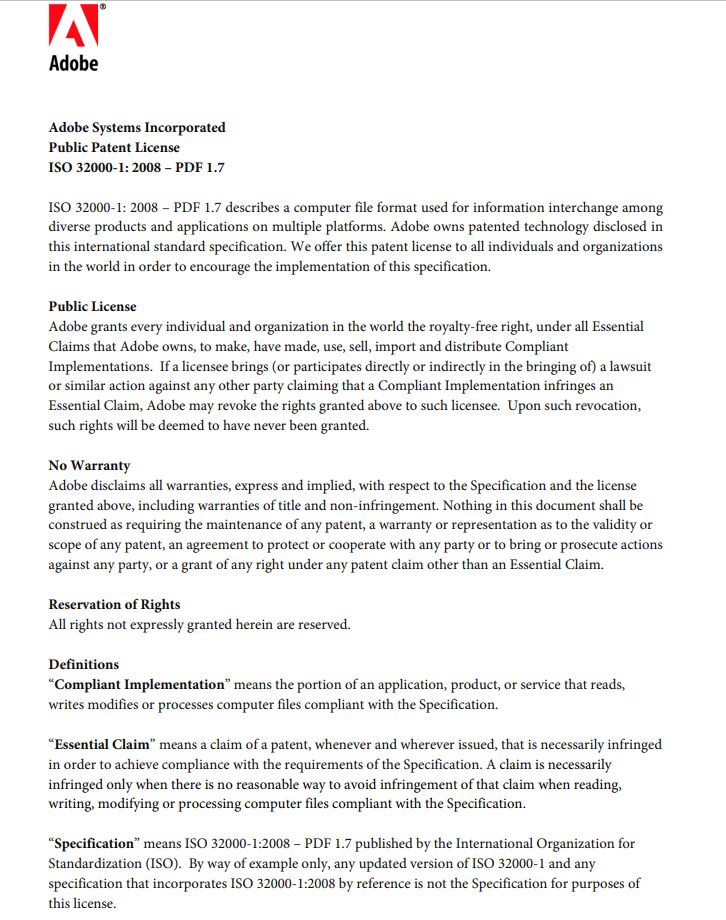Image

Much of the basic technology developed in the late 1990's is overshadowed by the volume of improvements built upon those early innovations. Those designs seem obvious today, so much so there is a tendency, among those who were born long after that decade or not a part of the early users, to dismiss the breakthroughs the teams and solo inventors were rapidly producing.
Most people using the early PC (or Mac) technology were in the workforce, government or institutions. One of the user-friendly features that came out of the 1990's was portability of documents during a time when there was not much handshaking between a Personal Computer (IBM..Windows) & MAC (Apple). The expansion of IBM's 1960's "word processing" tools such as Word vs Wordstar vs WYSIWYG vs WordPerfect had little commonality in vocabulary, so you were either pigeon-holed in what you were familiar with or forced to learn multiple programs which did the same thing - create a document which had little or no compatibility.
Evolution of the Digital Document: Celebrating Adobe Acrobat’s 25th Anniversary
Adobe co-founder Dr. John Warnock wrote a six-page white paper called “The Camelot Project.” In this paper he outlined a pervasive business problem: the ability (or rather, inability) to reliably exchange high fidelity documents between different computer applications and systems.
The application for non-technical users exploded, because the basic PDF program was available without purchase. Artists, crafters, self-publishers, realtors, home educators, entrepreneurs, social impact organizations, and even missionaries were able to disseminate their product, their message, easily online and reduce or eliminate the cost of printing it themselves, along with the disadvantages of distribution by mail and maintaining a potentially outdated inventory.
An example of how far the PDF innovation has expanded is via this lecture from Adobe - archived from it's February 9th presentation. Top 5 ways to work with PDFs using Acrobat (adobe.com)
Quotes of Dr. John E. Warnock:
Without television and mass communication, that knowledge wouldn't exist. So I think it actually has the possibility of turning people into more understanding and more empathetic people.
The personal contact is a personal thing. The fact that some people don't know their neighbors, I don't think that technology is at fault. You don't lose anything with technology. You gain other avenues of understanding
